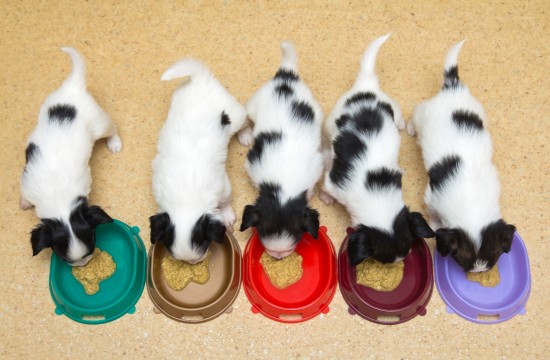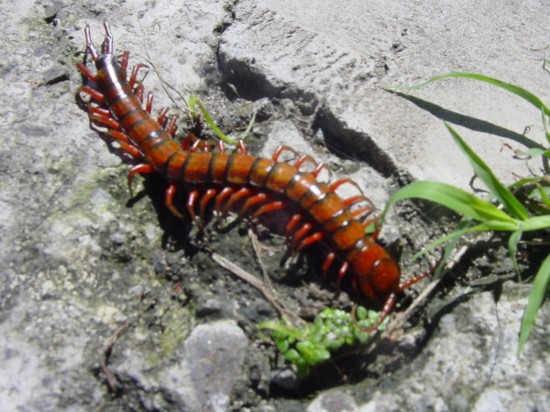
In a freshwater planted aquarium a range of plant types are used and they come in a variety of forms. And in the same way fishes do, they also have requirements for specific water temperatures and lighting so you must find this out before you start planting them in your aquarium.
Marginal Plants
The majority of aquarium plants come within this category. In nature they are submerged for just a section of the year. Throughout the dry season they will grow out from the water and the majority flower and seed at that time.
Cryptocoryne genus and Echinodorus genus are good examples. There are more than 50 species under the genus Cryptocorynes and the Amazon Sword species, Echinodorus amazonicus), is very popular amongst the genus Echinodorus.
Real Aquatic Plants
Often sold as cuttings these aquatic plants are proper aquatic plants because they are submerged in the water and must stay that way. A good example is Cabomba caroliniana, which is from the genus Cabomba and usually called the Green Cabomba.
Terrestial Plants Are A No No
You can not leave these plants submerged for a long time in your freshwater aquarium because bad water quality will happen due to them rotting. Sometimes these are sold as aquatic plants so look out for them.
Cuttings
Cabomba is a very popular choice for the aquarium but is also one of the more difficult to succeed with. It is good for hiding heaters and pipes but it also means that its delicate fronds can be easily damaged in an area with fast moving water. A more hardy species can be used for this situation; the Hygrophilia.
Rooted Plants
As some of these can grow to a large size (for example the Amazon Swordplants) choose carefully so they fit in with the size of your aquarium. Plants that are easier to manage are the E. paniculatus and the E. tenellus which is ideal for the front of your tank as it quickly covers the substrate. Others such as the slow growing Cryptocoryne species will need to be thinned out after they establish themselves and grow in bunches.
Basket Grown Plants
These can be either planted as they are, in the basket, or preferably out of the basket. And check to see how many plants are actually in the basket. Quite often there may be four or five plants potted as one. These need to be separated and planted individually.
Bulbs and Corms
The most well known species are the Aponogeton and Nymphaea. The Aponogeton have long pretty leaves and you can get flowers and if you are lucky they will seed giving you new plants. The Nymphaea produce attractive leaves, varying from pink to red, under the water but you must make sure that lily pads are not formed on the surface. If you do not then the surface will get covered by them and no light will get to your plants.
Floating Plants
Not often used in community tanks as again they will cut out light to your other plants. But they are useful in breeding tanks for hiding places and spawning locations. Often used are Riccia, Ceratopteris thalictroides (Indian Fern) and Pistia stratiotes (Water lettuce). But avoid Lemna (Duckweed) like the plague as it will multiply very quickly and cover the surface completely.
Feeding
Rooted plants can be fed with fertilizer pellets so they can grow healthily but be careful not to use too much.
Lighting and Water Temperatures
Cabomba plants for the aquarium need warm water temperatures (from 18 to 32 degrees centigrade) and good light levels (up to 3 watts per gallon). Cryptocorynes don't need bright lighting and in fact are good with low to moderate lighting conditions and a temperature range of around 20 to 33 degrees centigrade.
Propagation
Cabomba can be propagated by cuttings with good light conditions to facilitate rooting. Cabomba is a plant that is very easily cloned. Cut them in half after they reach 15-20 cm at the node or branch. Just stick it in the gravel and the plant does the rest.
Other plants, such as the Cryptocoryne species, give out runners that go into the substrate and form more plants. And others, such as Microsorium pteropus (Java Fern) and Ceratopteris thalictroides (Indian Fern), grow small plantlets from their leaves which drop off or can be taken off to form new plants.
 The Temperament Differences Between Dogs And Bitches
The Temperament D
The Temperament Differences Between Dogs And Bitches
The Temperament D
 Ten Ways In Which Canine Diet May Affect Behaviour
Ten Ways In Which
Ten Ways In Which Canine Diet May Affect Behaviour
Ten Ways In Which
 How Good Gut Bacteria Protects Your Dogs Overall Health
How Good Gut Bact
How Good Gut Bacteria Protects Your Dogs Overall Health
How Good Gut Bact
 Caring For A Pet Centipede
Caring For A Pet
Caring For A Pet Centipede
Caring For A Pet
 Some Important Information For Potential Buyers Of A Basset Hound
Some Important In
Some Important Information For Potential Buyers Of A Basset Hound
Some Important In
Copyright © 2005-2016 Pet Information All Rights Reserved
Contact us: www162date@outlook.com